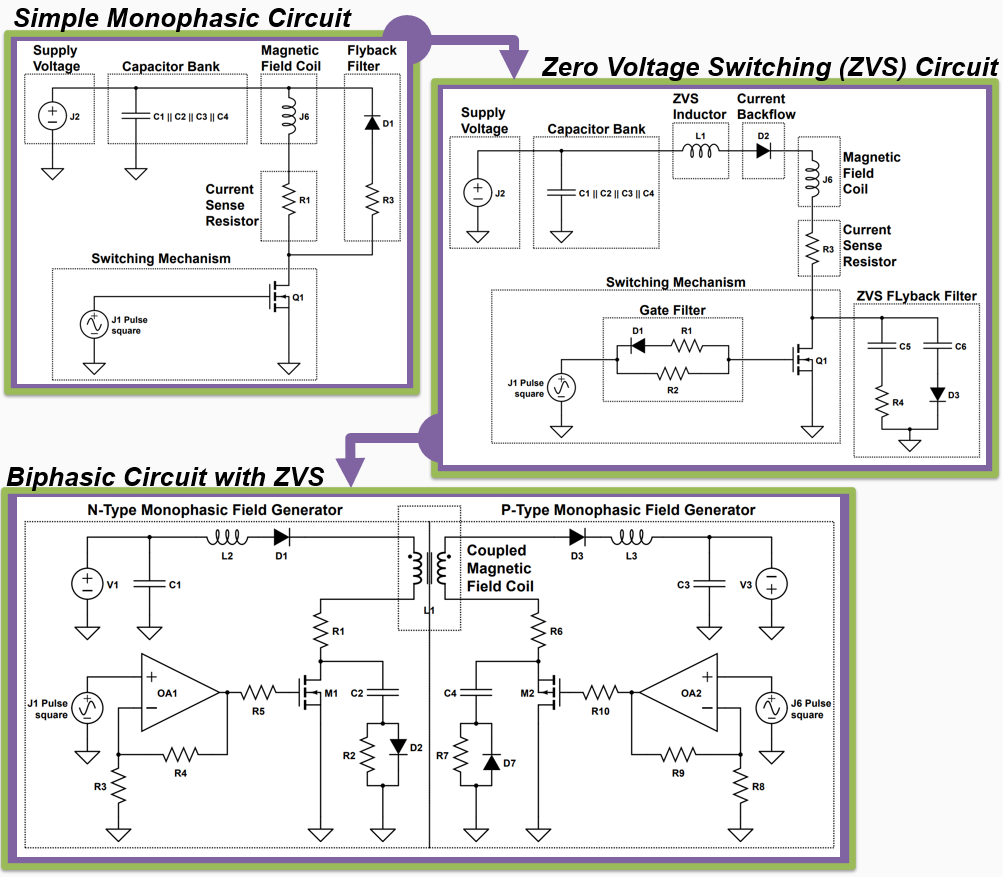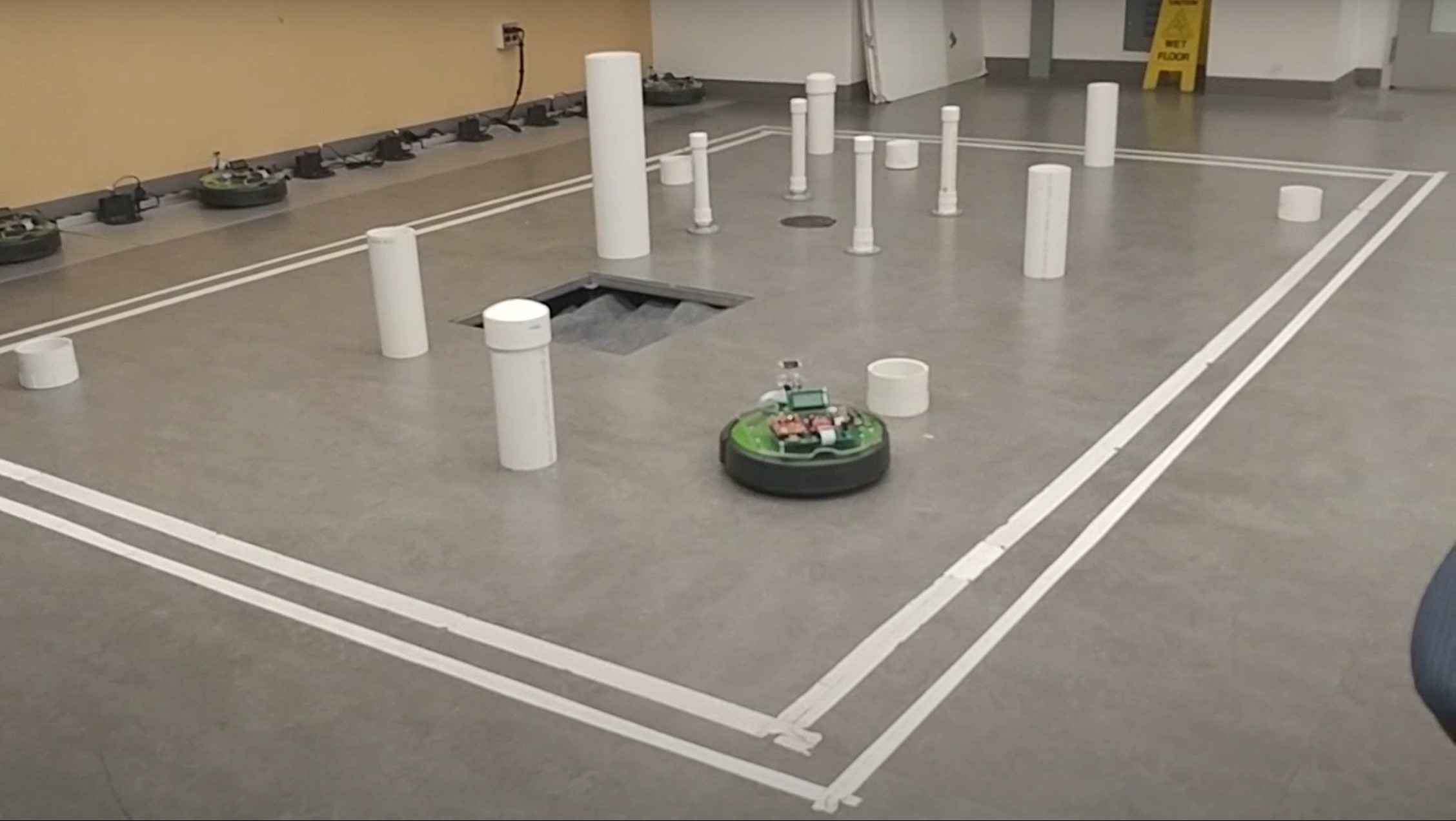Moving Average and Standard Deviation for Temperature Sensor

For my digital VLSI course final project, we designed an IC using Verilog then synthesized and optimized it using Genus and Innovus. The goal of our circuit is to be able to calculate the moving average and standard deviation from the last 14 readings of a temperature sensor and letting the user choose which ones they want at the output. We made two different designs for this project; One where its the barebones design and one where we used techniques such as pipelining and clock gating to further optimize it.




